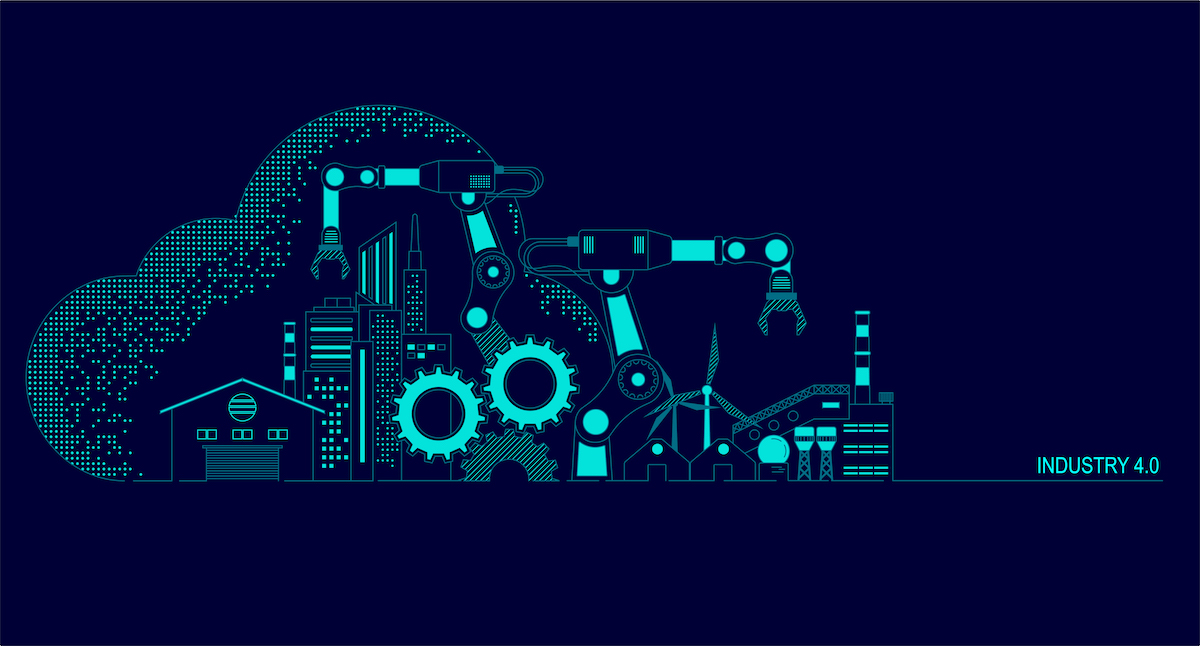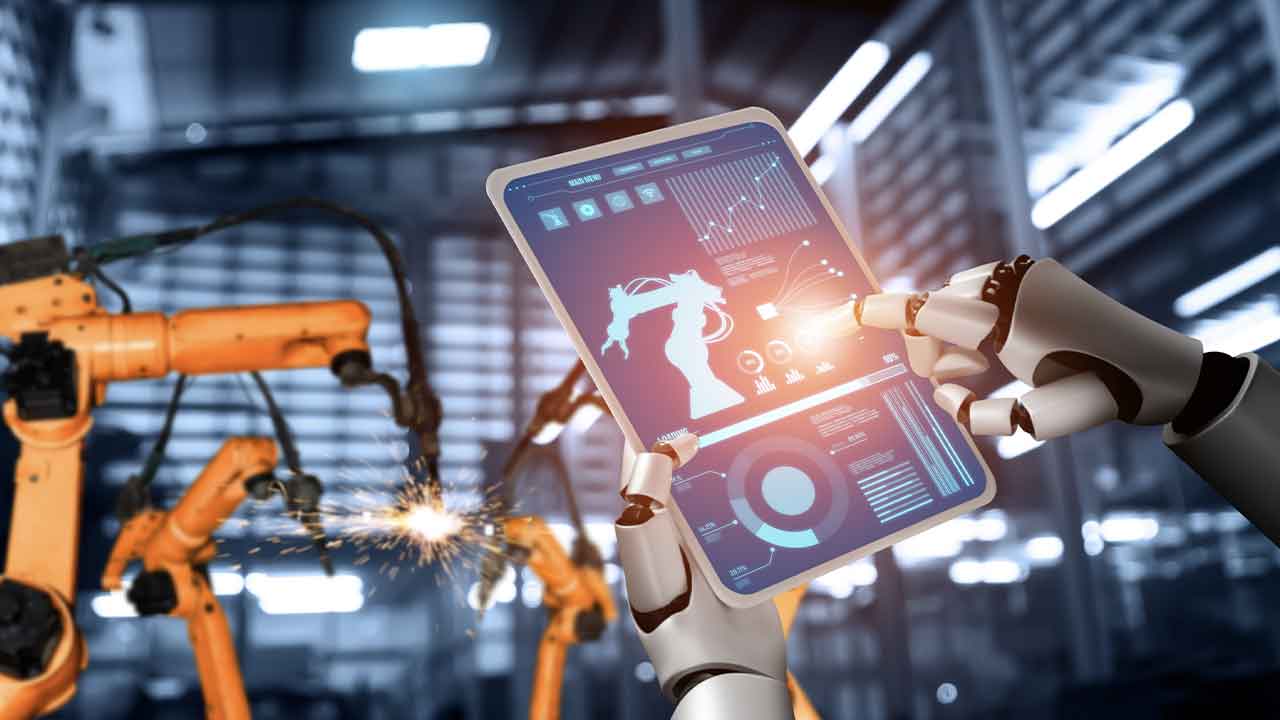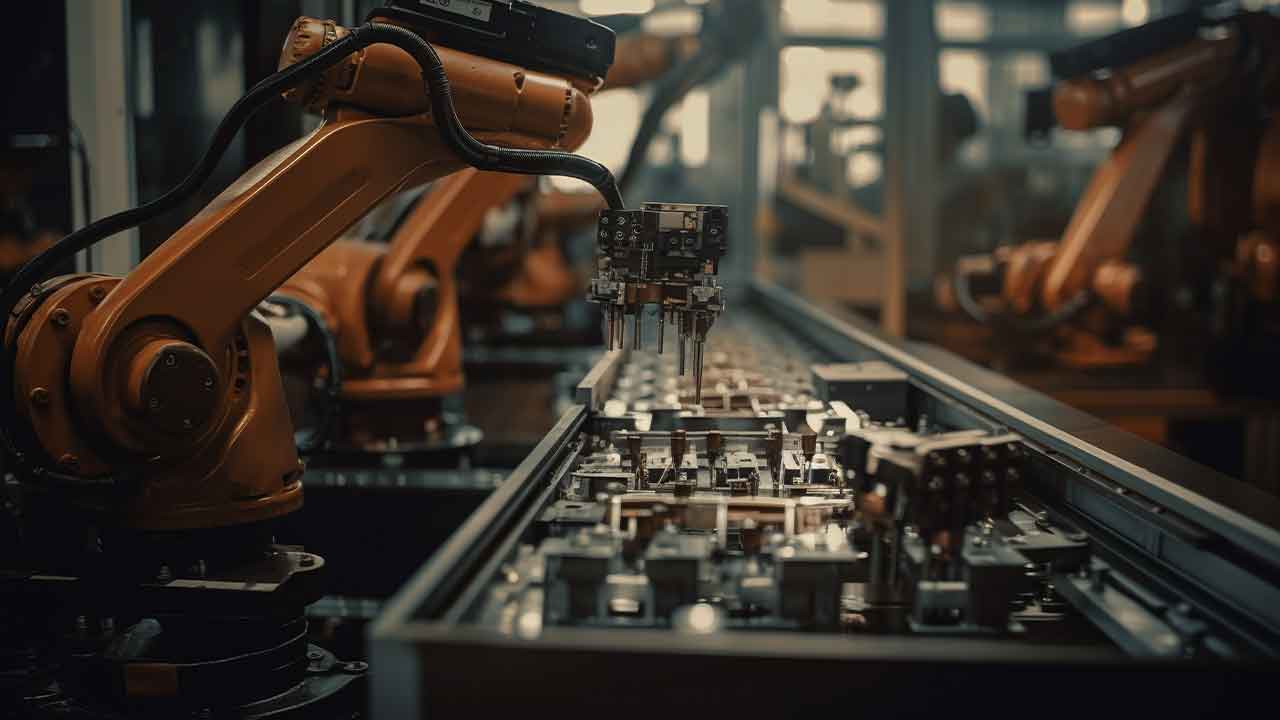The Benefits of Using the Digital Twin in Manufacturing
Now that technology has matured to a point where companies can implement a digital twin strategy that is cost-effective, it is a game-changer for manufacturers. In fact, 75% of organizations implementing IoT already use them or plan to within a year.
What is a Digital Twin?
A digital twin is a digital representation of a process, product, or service. They use real-time data to create realistic simulations, empowering businesses to monitor, test, and plan improvements to their products, equipment, and processes.
Digital twins have been available for nearly two decades, but advances in technology, combined with lower cost points, have resulted in a renewed focus on the benefits of a digital twin strategy. The Internet of Things (IoT) is one advancement that has helped enhance their accuracy and benefits. IoT is a concept that allows businesses to easily install sensors on physical objects (machinery, products, etc.) to collect data. These sensors capture information such as working conditions, processing speeds, temperature, or pressure. Then, the sensors transmit that data to a cloud-based system that is leveraged to analyze and predict performance and/or behavior.
Business Benefits of Using the Digital Twin in Manufacturing
Digital twins provide businesses with a big-picture view of what’s happening in their physical products or manufacturing spaces. With this data, teams can:
- Identify problems before they become all-consuming
- Recognize potential efficiencies
- Plan for future improvements or opportunities
Examples of Using the Digital Twin in Manufacturing
NASA is a prime source for digital twin examples. NASA has used this technology for decades. Because NASA engineers can’t reach their machines in space, they install sensors in them. These sensors collect data that culminates in digital twins. NASA uses them to operate, monitor, repair, and plan improvements for their machines from afar.
More about the Importance of 3D Digital Twin & Energy Management and The right representation of Digital Twins for Data Analytics
Today, there are many other examples. For instance, digital twin manufacturing is popular. Smart factories hook sensors up to factory machinery so they can tell whether their equipment is functioning properly. When they notice inefficiencies, they have an opportunity to fix them, resulting in increased up-time. They also use digital twins for thorough testing by simulating various scenarios for enhanced future changes.
FAQs about the benefits of using digital twins
How are digital twins helpful?
Digital twins are helpful by providing a virtual replica of physical objects or systems, enabling real-time monitoring, analysis, and optimization. They enhance decision-making, improve efficiency, and facilitate predictive maintenance.
What are the opportunities of digital twins?
The opportunities of digital twins include improved product design, predictive maintenance, enhanced operational efficiency, better decision-making through data analytics, and the ability to simulate and test scenarios in a virtual environment.
What is the demand for digital twins?
The demand for digital twins is growing across industries such as manufacturing, healthcare, and infrastructure. Businesses seek to leverage the benefits of real-time insights, predictive analytics, and optimization offered by digital twin technology.
What is an example of a digital twin in manufacturing?
An example of a digital twin in manufacturing is creating a virtual replica of a production line. This allows manufacturers to monitor equipment health, predict maintenance needs, and optimize processes for increased efficiency.
How do digital twins help the environment?
Digital twins help the environment by optimizing resource use, reducing energy consumption, and minimizing waste in various processes. They enable efficient simulations that can lead to eco-friendly practices and sustainable decision-making in industries.
Read the full post from ArcherGrey to learn about the 3 pillars required in a Digital Twin strategy



